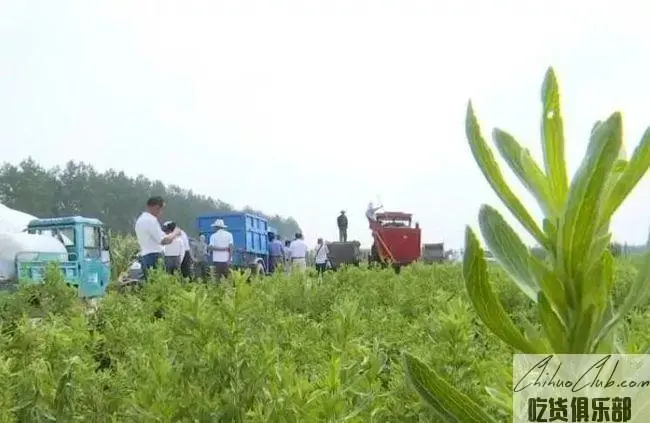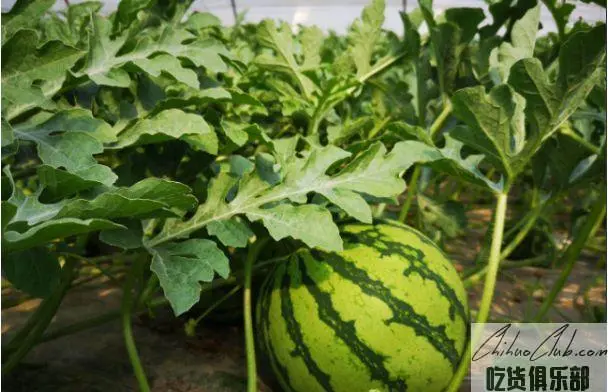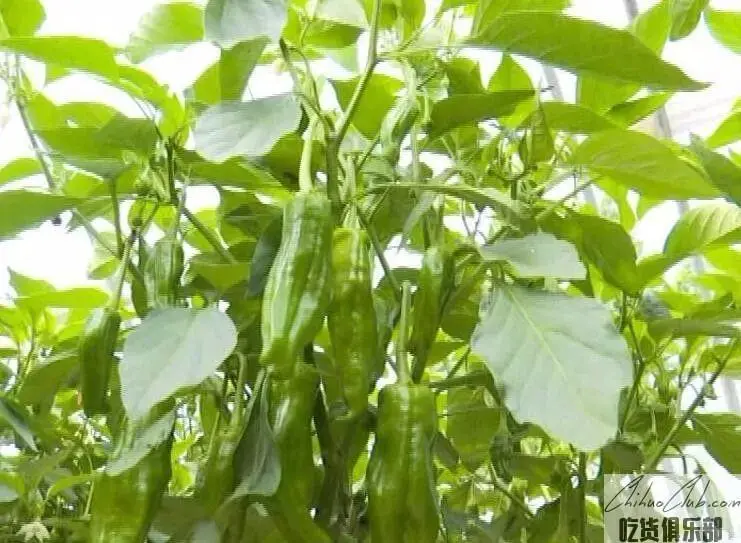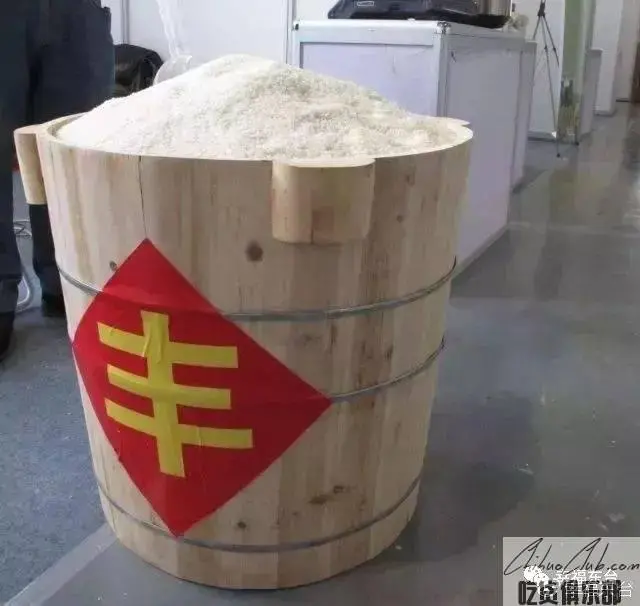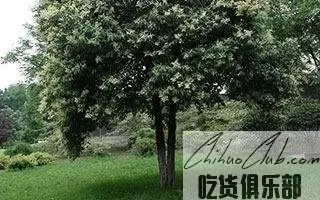dongtaishi specialty
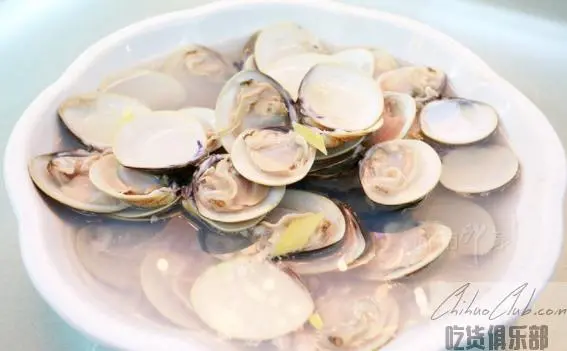
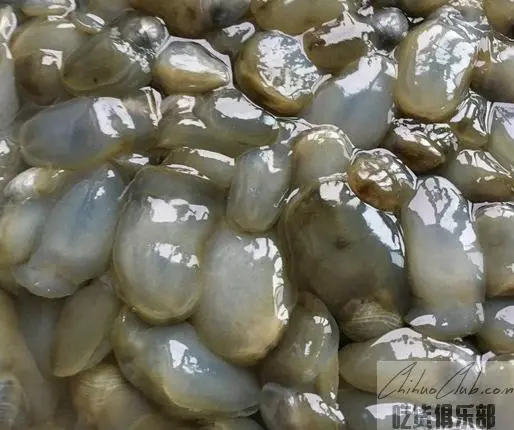
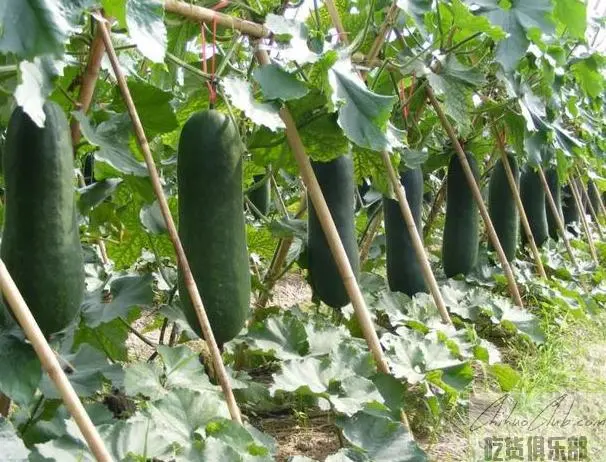
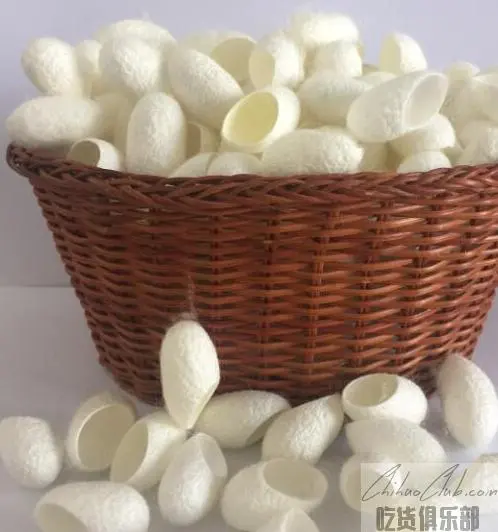
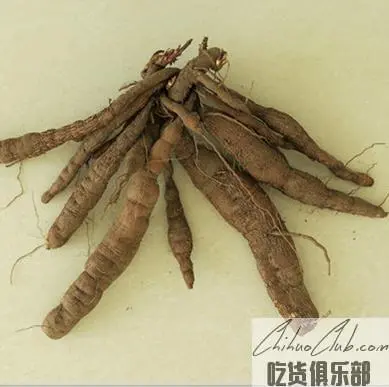
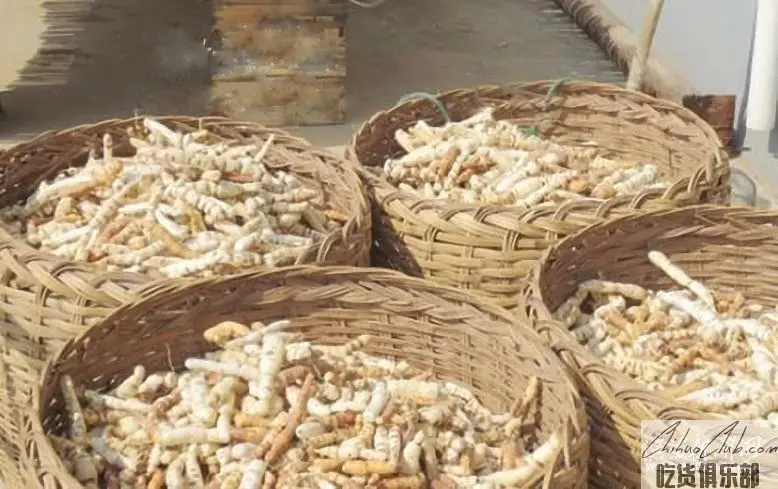
Baishouwu is a genus gentian, also known as white ginseng. According to ancient books, Baishouwu was used in the late Tang Dynasty and was popular in the early Ming Dynasty. 95% of China's Baishouwu is produced in Binhai County, and Binhai County is the only hometown of Shouwu in China. "Binhai County" records that as early as the Qing Xianfeng years, farmers had planted Baishouwu and processed Shouwu powder.
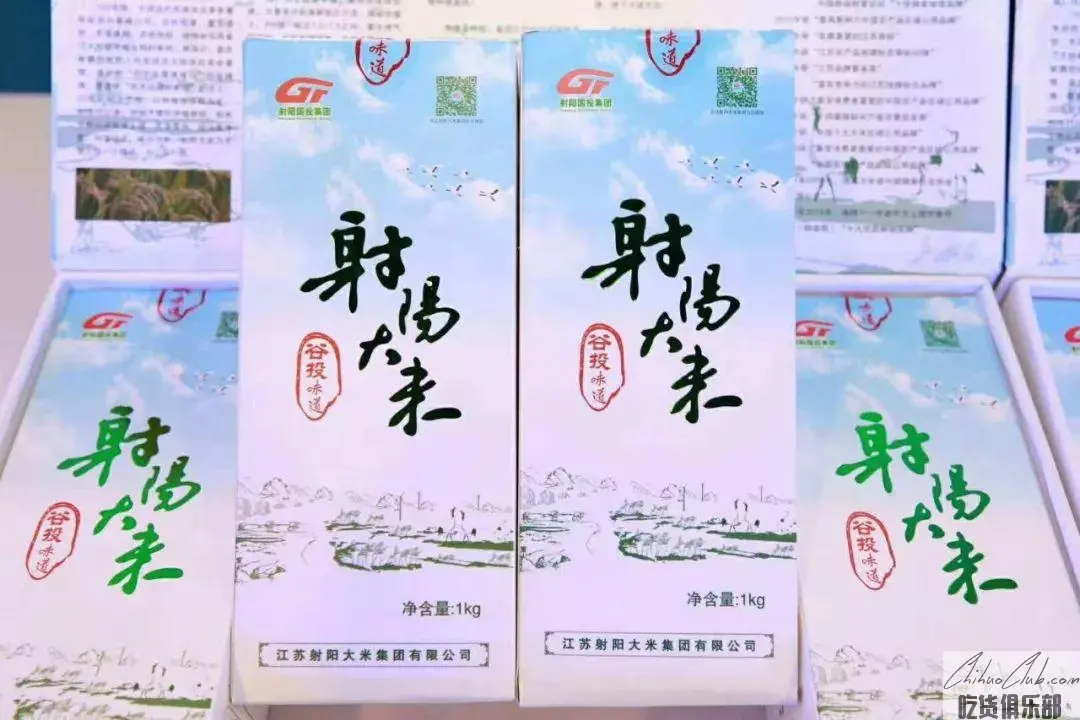
Sheyang County is a magical land. It is said that the Jingwei reclamation is a land, and it is named after the shooting of the sun. Sheyang rice is oval, crystal clear, pure and sweet, rich in nutrition, unique in taste and taste, and cold rice tea is not hard.
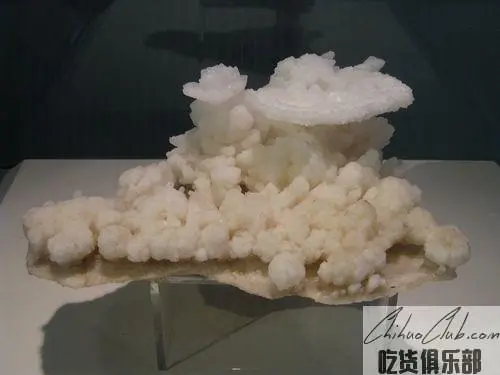
Yancheng established Yancheng County from the Western Han Dynasty Wudi Yuanshou 4 years (119 years ago). At that time, all the places were boiled salt pavilions, and the salt river was everywhere. “渎” means the river of salt. In the 7th year (411 years) of Emperor Yixi of the Eastern Jin Dynasty, it was renamed as Yancheng County, and it was named after the “Huancheng Salt Field”. After a history of more than 2,000 years, Yancheng has a strong sea salt culture. In ancient times, it was famous for its "Huaiyan" and was known as "Huaiyi Land". As early as in the Warring States Period, “cooking the sea for salt”, “Historical Records” contained “the sea of salt in the East China Sea”. In the Qin and Han Dynasties, “cooking the sea and benefiting the river and transporting the canal” has become a land of fishing and salt. In the Tang Dynasty, the Huainan salt field, which was rich in the southeast of the country and half-baked in the border, had only one hundred and twenty-three salt pavilions in Yancheng. During the years of Tang Baoying, there were Hailing Supervisor and Yancheng Supervisor in the territory, and more than one million stones were cooked every year. At that time, Yancheng has become an important salt production center in the southeast coast.

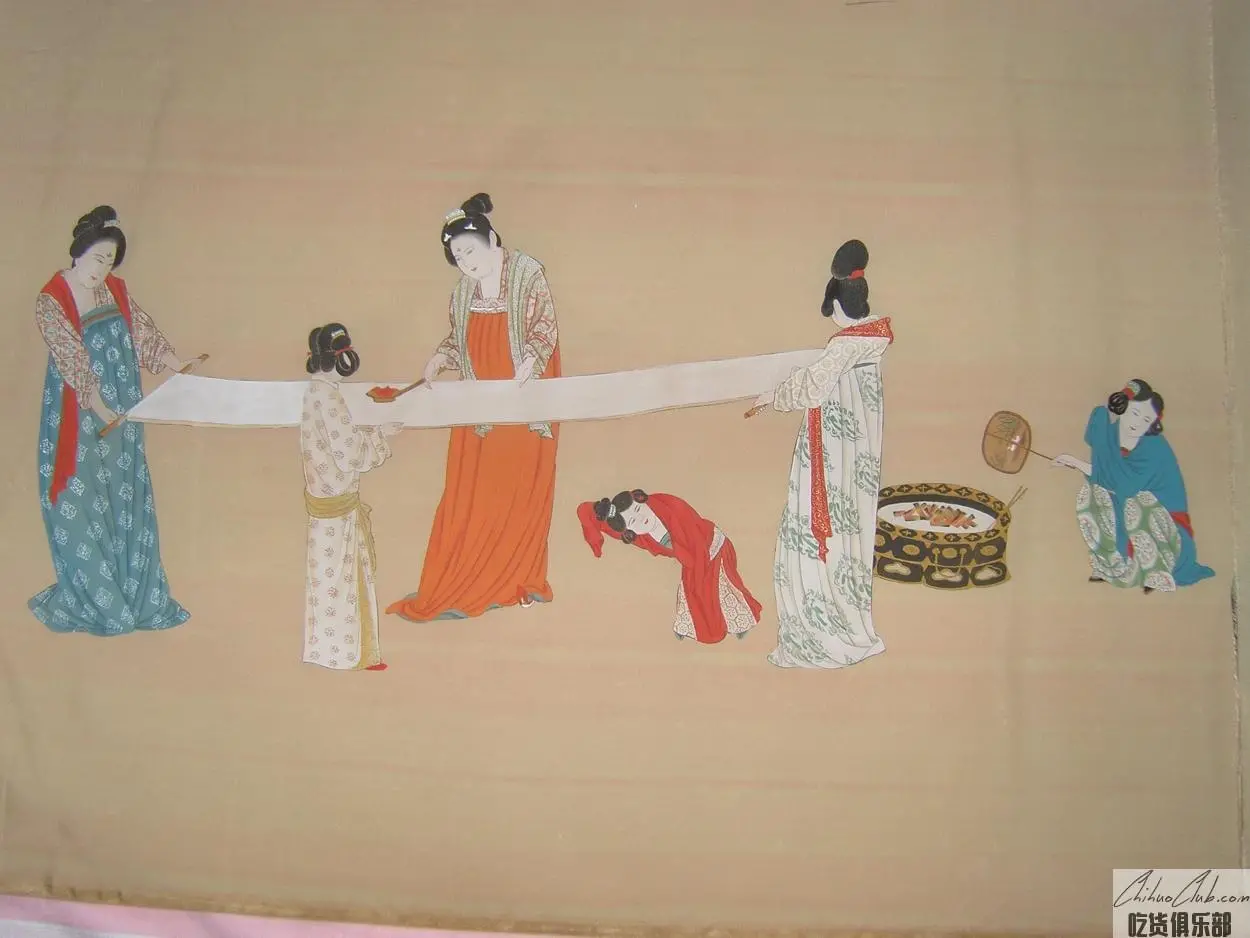
Hair embroidery originated in the Tang Dynasty of China and has a thousand years of history. The original embroidery is “ink embroidery”, which is the embroidery after the special treatment of human hair. It has the characteristics of strong elasticity, good gloss, no fading, no worms and mildew, and long storage time. Embroidery works, with the generation line, carefully collect the natural color of the young girl, using dozens of needles such as rolling, applying, wrapping, sleeve, buckle, and virtual needle to achieve flat, uniform, fine, uniform, smooth, Excellent artistic realm such as light. As an art, hair embroidery is a wonderful work in the world of Chinese arts and crafts. It is the same as Suzhou's Suzhou embroidery, Shanghai Luxiangyuan's Gu embroidery, Hunan's Hunan embroidery, simple and elegant, elegant and beautiful. Hair embroidery is known as "the best in the world" because of its peculiar materials, exquisite craftsmanship and elegant style. China's hair embroidery originated from Dongtai, Jiangsu Province, and Dongtai hair embroidery was from Xixi, an ancient town.
